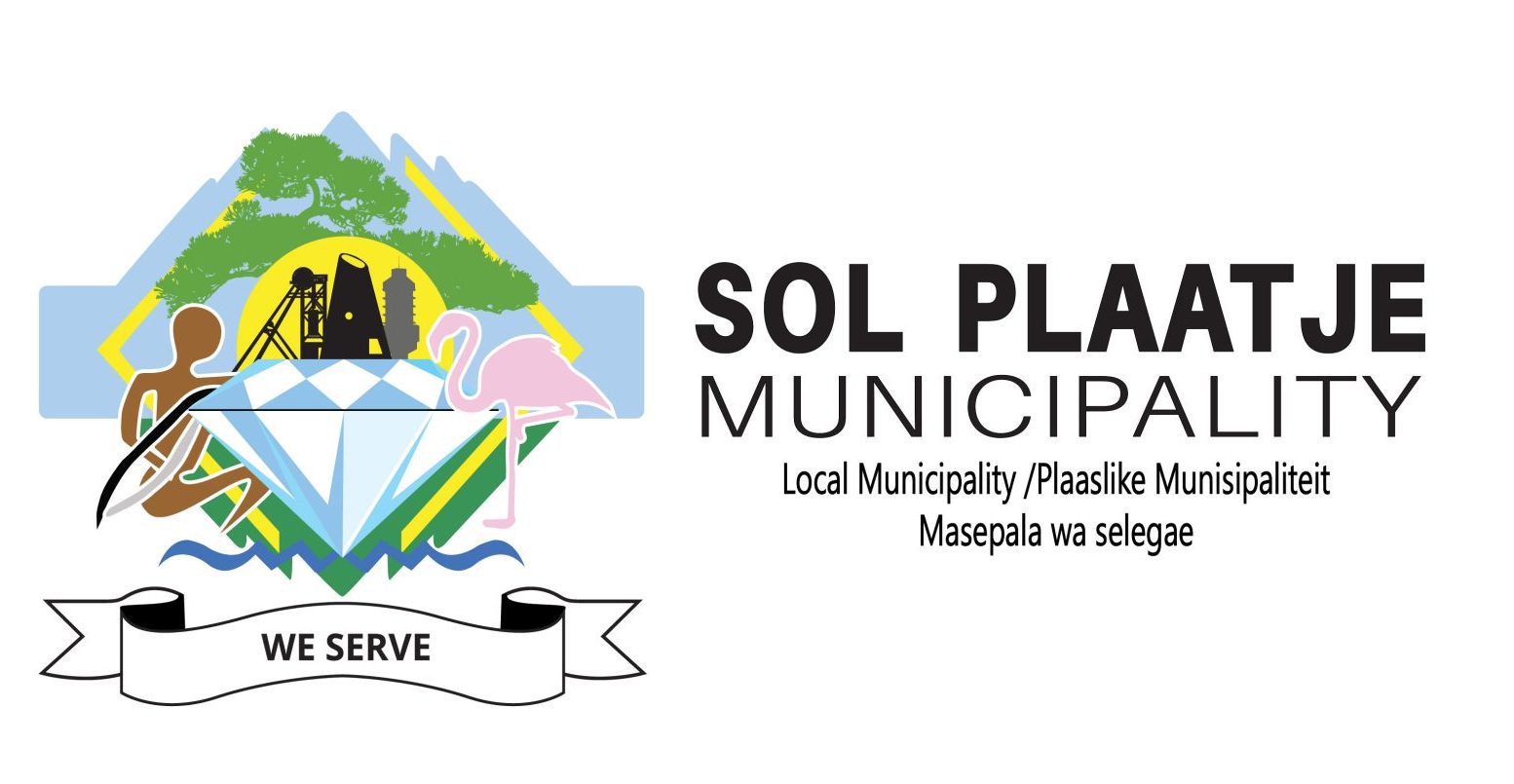EasyPay Registration Guide
Notice
Contact Information
Sol Plaatje Municipality
Postal: Private Bag X5030, Kimberley, 8300, Physical: Sol Plaatje Drive, Kimberley, Tel: 053 830 6911/6100
Accounts@solplaatje.org.za

EasyPay Registration Guide
Notice
Contact Information
Sol Plaatje Municipality
Postal: Private Bag X5030, Kimberley, 8300, Physical: Sol Plaatje Drive, Kimberley, Tel: 053 830 6911/6100
Accounts@solplaatje.org.za
Archives
Recent Posts
We are proud to share that the Diamonds and Dorings Kimberley Big Hole Marathon is now officially recognised as both a Comrades Marathon and Two Oceans Marathon 2026 Qualifier! Your…
Business Hours
Monday to Friday: 07:45 till 16:30
Saturday: 08:00 till 12:00
Lunch Time: 12:45 till 13:30
Cashiers, Water & Lights, Enquiries, Debt Control: Skeleton Staff during lunch
